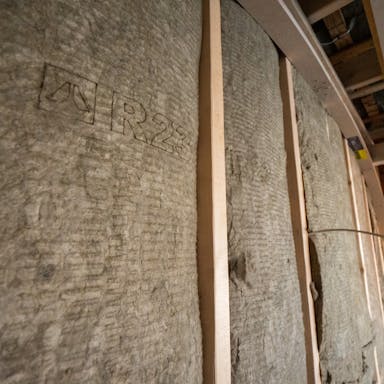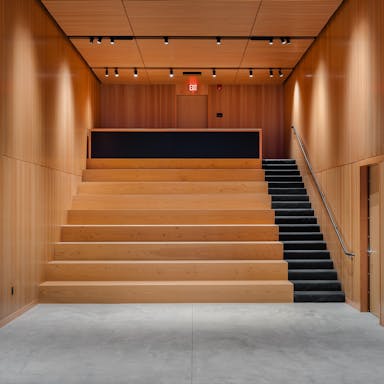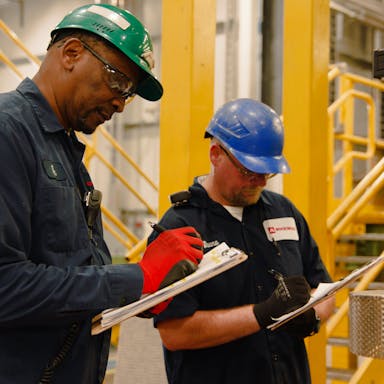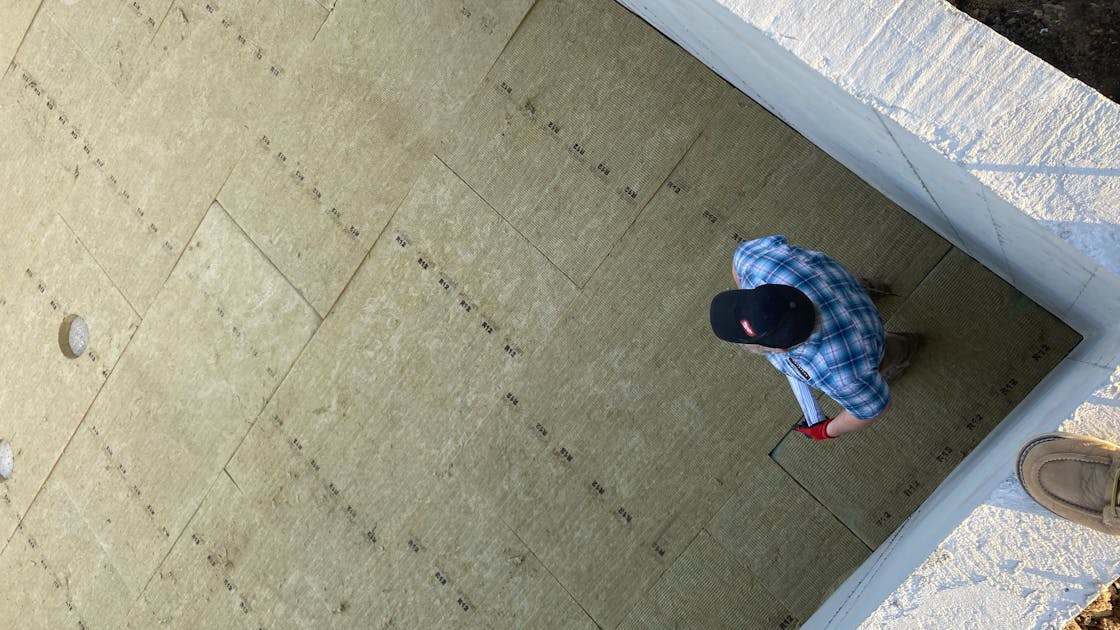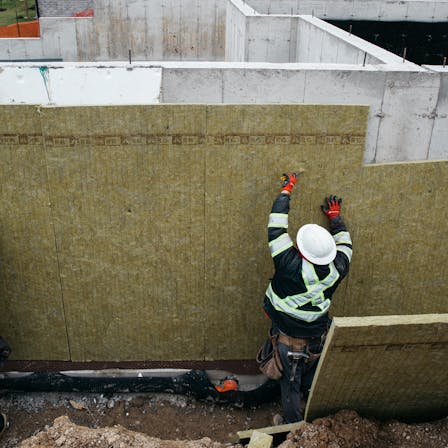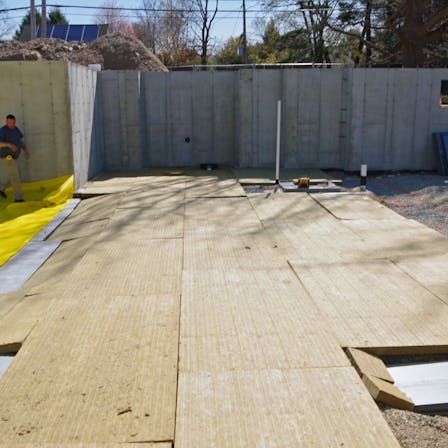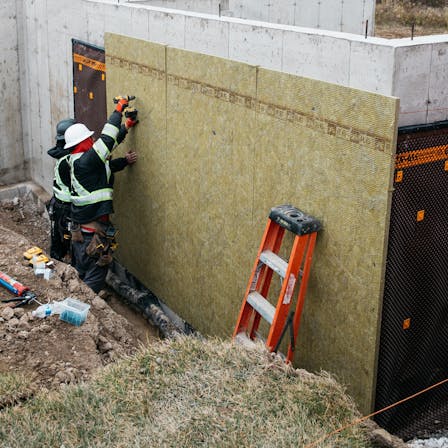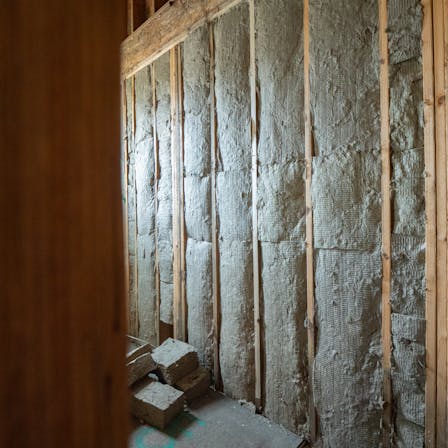Below-grade exterior assemblies are any walls and slabs in contact with or extending below the ground surface, such as basement walls and slabs, where they are subject to various structural and environmental loads. Below-grade exterior assemblies, particularly the insulation within these assemblies, can have a critical impact on the durability and comfort of basements and other below-grade spaces.
Designing for a below grade assembly requires unique product performance characteristics. Whether insulating slab-on-grade, or on the foundation wall, stone wool insulation provides the required durability, moisture resistance and long term thermal performance needed for your project.
